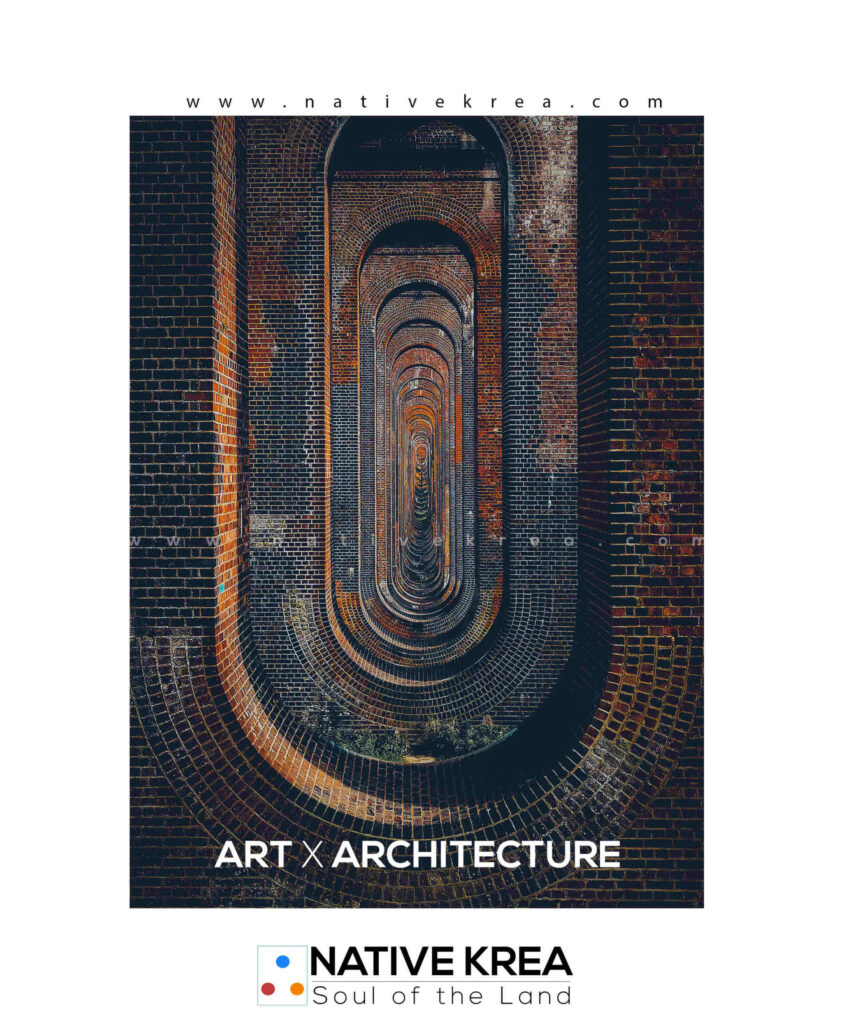The art and architecture of a country portray the artistic brilliance and the creative exuberance of the creators, artists, and architects. They also represent the culture and tradition of the country. With complex architecture that questions the intelligence of modern engineers and is still in awe the art lovers, Tamilnadu exhibits its rich culture and heritage through its sculptures, monuments, and magnificent buildings.
The ancient Tamilnadu was the abode of many different empires. Pallavas, Pandiyas, Cholas, and Marathas have ruled the land for thousands of years. Their reign comprises their splendid palaces and impressive temples that are at least 800 to 2000 years old. These structural monuments capture the very essence of the architectural swell of those times. The Tamil Illakiyam depicts kings as the supreme powers equivalent to God and these representatives of God lived in temples. The word “koyil” in Tamil literally translates as “House of the King”.
The architectural style of Tamil Nadu is called Dravida Style. A South Indian temple is essentially a square-chambered sanctuary with an associated pillared portico or hall (mandapa, or mandapam) and a peristyle of cells within a rectangular court, topped by a superstructure, tower, or spire. The temple’s outside walls are divided by pilasters and have spaces for sculpture. A dome-shaped cupola with a crowning pot and finial atop the tower.
Historians and archaeologists have been discovering the mysteries and the unique architectural techniques that had been adapted in the construction of these global marvels. There are many unanswered questions lingering in the world of architecture that still pose a terrific challenge to modern engineers. Research is still going to unearth the mysteries and resolve the riddles that these millennial structures boast.


